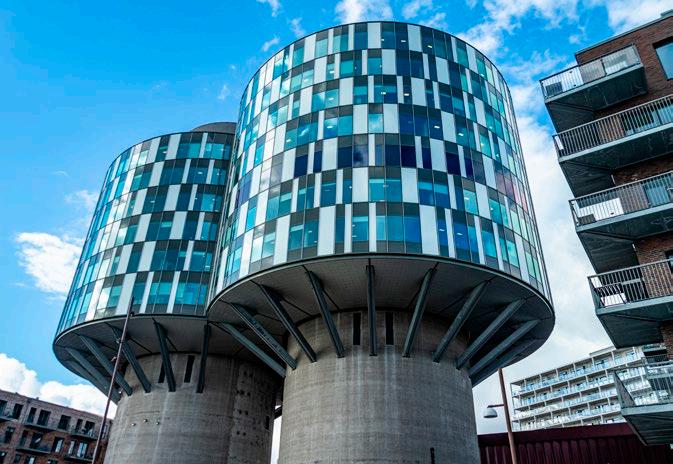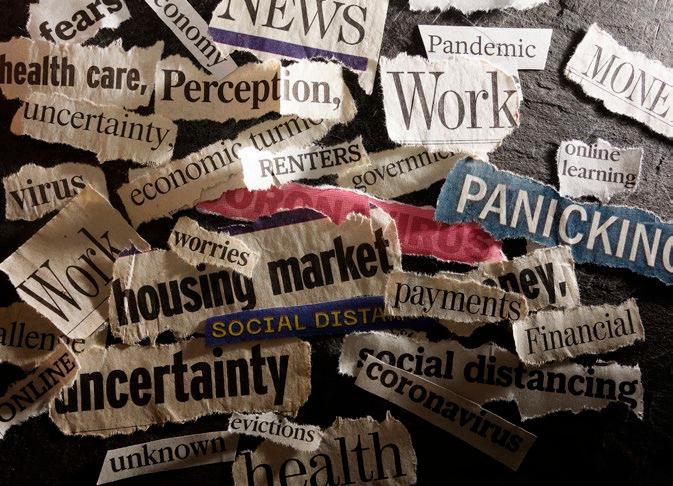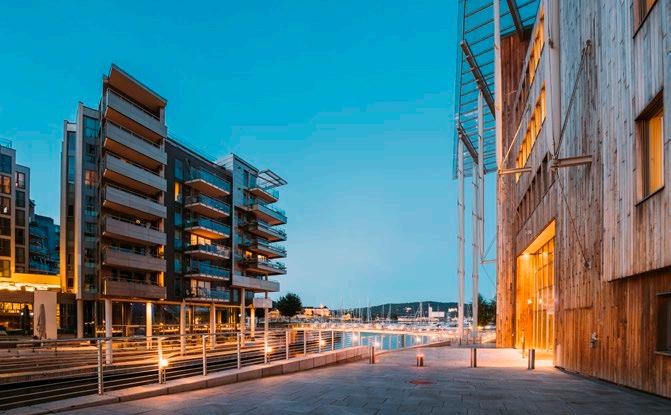
4 minute read
The Finnish Property Market
THE FINNISH PROPERTY MARKET NO RECORDS BROKEN – BUT THE TRANSACTION MARKET REMAINS SOLID
The Finnish economy continues to perform relatively well during these strange times. The decline in GDP growth in Q2 was surprisingly limited, at just -4.9% compared to the year before, with growth in June rising by 0.9% when compared to May. Unemployment in the country has also only risen by around 2%, to 7.9%. These figures are substantially stronger than most other European economies. Finland’s economy has also been supported by the country managing to avoid many of the negative consequences of covid-19. The country has been least impacted by the virus of
the Nordic countries, perhaps partly thanks to a strict, early lockdown policy, which has since eased substantially. Nevertheless, the forecasts for the end of the year remain quite negative, with GDP growth of around -5.5% expected in 2020.
The Finnish real estate market saw a record quarter in Q1, with a transaction volume of EUR 2.6 billion, but a very weak Q2, at just EUR 0.6 billion, which constituted a record low in the past five years. Investment volume is expected to pick up in Q3 and Q4, as both low interest rates and volatile
Photo: Shutterstock
stock markets are expected to drive volumes. Investors are increasingly looking to target Finland, with particularly high demand for prime properties with solid tenants, long leases and almost fully let spaces. All in all, expectations of a strong end to the year abound, with an expected total transaction volume of between EUR 5 and 6 billion in 2020, in line with the historical average.
Contact: Olli-Pekka Mustonen olli-pekka.mustonen@newsec.fi
Interesting trends on the Finnish investment market in 2020:
THE TRANSACTION MARKET STAYS RELATIVELY ACTIVE
The residential sector, office sector and the other properties segment have together accounted for around 75% of the transaction volume in 2020, with offices being the strongest performer at 37%. The third quarter is expected to see a further pickup in transaction volume, with investments into these segments, coupled with industrial and public properties, accounting for large shares of the total volume.
THE OFFICE SECTOR IS CHANGING AS NEW WAYS OF WORKING BECOME A REALITY
The cultural change in the ways in which we work has crashed onto the Finnish market, with mandated working from home for many non-essential workers. As a result, larger companies are now facing a change in their working solutions and environments. From the perspective of tenants, the immediate effects are the same as in most other countries; remote working, footfall in retail declining and e-commerce creating spikes in demand. The long-term effects for property markets remain to be seen.
ALREADY OVERSUPPLIED RETAIL WILL NEED TO ADAPT
The large stock of retail that came to the market at almost precisely the same time needs to change, in step with consumer spending behaviour changing. The most
GDP GROWTH
-5.5% GDP growth expected in 2020
EUR 5–6 BILLION Total investment volume of EUR 5–6 billion expected in 2020
PRIME RETAIL YIELDS in the Helsinki Metropolitan Area rise to 4.20%
affected sectors in the crisis are retail and hotels, and these sectors will need to go through a lot of adaptation in the coming years. Prime retail yields have risen by at least 20 points across most markets, and are now at 4.20% in the HMA CBD.
SECONDARY PROPERTY SUFFERS
The impact of covid-19 on yields is not entirely clear yet, as demand is now focused on prime properties. Meanwhile, worse quality property, with a different risk profile, is not as demanded by investors, with the polarization between prime and secondary property effectively widening substantially. Secondary or opportunistic properties that rely on business plans of letting vacant premises are more difficult to price accurately, because of the underlying economic factors on the tenant market. The financing for these properties is much harder, as financial institutes are now very selective when it comes to financing these investments. Expectations are that yield rises will have been substantially higher across these types of property than prime property, once the dust settles.
FOREIGN INVESTMENT REMAINS STRONG
The Finnish market has grown accustomed to foreign investors accounting for close to, or over 50% of the total transaction volume. Thus far, 2020 has been no different, with foreign investors accounting for 58% of transaction volume. Though the share taken by this group declined a little in Q2, to 43%, foreign interest in the Finnish market generally remains substantial, and is expected to help drive strong transaction volumes in Q3 and Q4. However, there is some downside risk to this, as long-term entry restrictions could limit the ability of some foreign investors to do business in Finland.









